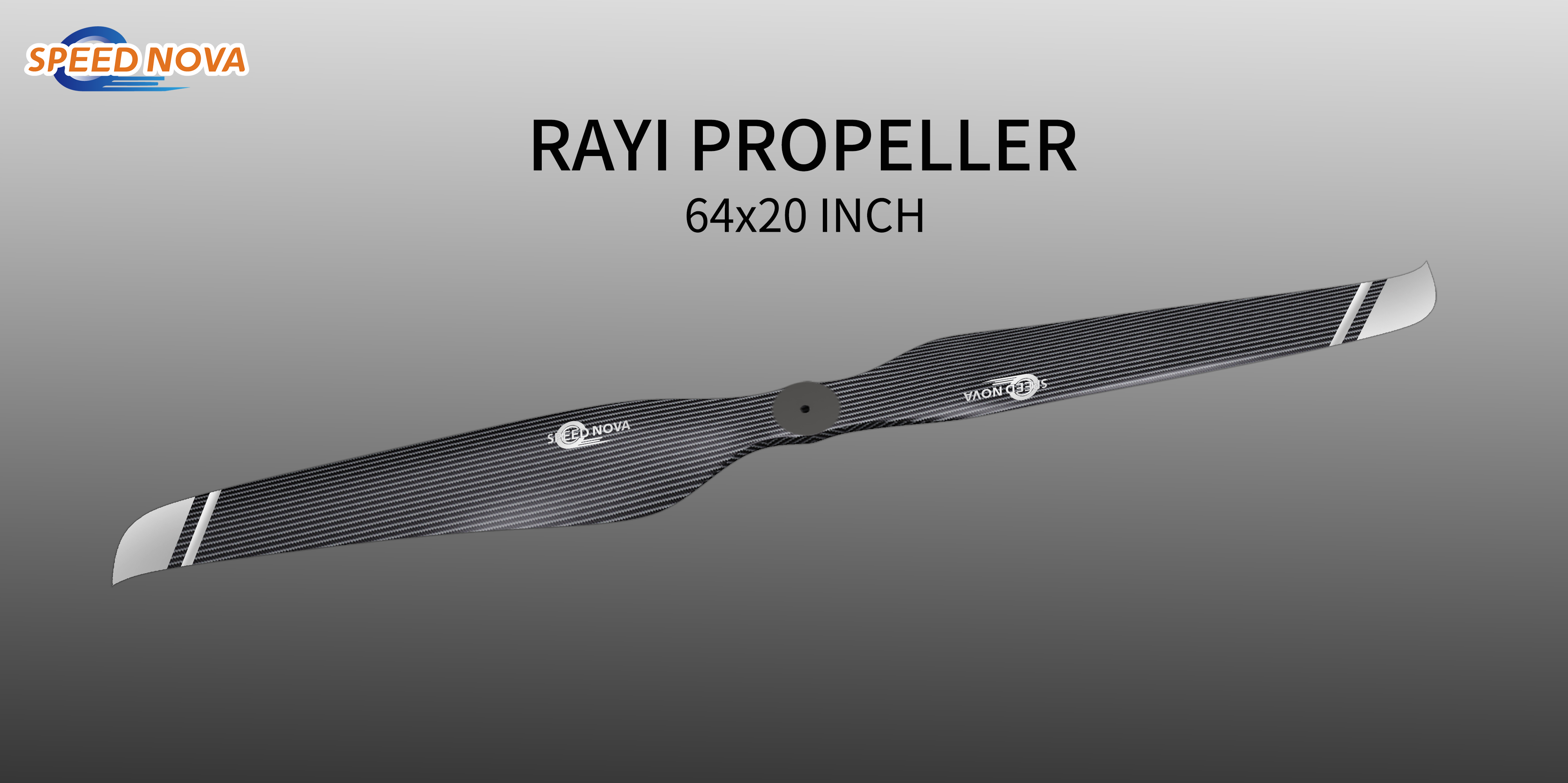
Phone
+86 15670906200



Why do we need to match motors and propellers
Drones are widely used in military, agricultural, aerial photography, and logistics fields, and the efficiency of their power systems directly affects their mission execution capabilities. The matching of motors and propellers is the core issue in power system design, and unreasonable matching can lead to low efficiency, overheating, and even flight failure. Matching motors and propellers can maximize the endurance of drones, optimize power system efficiency, reduce mechanical losses of motors and propellers, and enhance flight stability.
Types and parameters of drone motors Common types and characteristics of motors for drones include:
Brushed DC motor: With a simple structure but low efficiency, it is suitable for small unmanned aerial vehicles.
Brushless DC motor (BLDC): high efficiency, long lifespan, widely used in multi rotor unmanned aerial vehicles
PS: Brushless motor vs brushed motor: Brushless motor has high torque and is suitable for large propellers; The brushed motor has a high speed and is suitable for high-speed flight.
Key parameters of the motor
KV value (speed/voltage): Refers to the no-load speed (RPM/V) per volt of voltage, which affects the selection of propellers. Maximum current and power: determine the carrying capacity of the motor. Torque speed curve: reflects the output characteristics of the motor under different loads.
Parameters and dynamic analysis of drone propeller
Basic parameters of propeller

Diameter (D): Affects thrust and efficiency.
Pitch (P): determines the theoretical forward distance of the propeller per revolution.
Number of blades (2, 3, 4): The more blades there are, the greater the thrust, but the efficiency may decrease.

Propeller performance model
Thrust formula:

CT: Thrust coefficient
ρ: Air density
n: Rotational speed
Power consumption:

CP: Power Factor
Explanation of propeller performance formula: From the above two formulas, it can be seen that the tension/thrust of the propeller is directly proportional to the square of the propeller speed and the fourth power of the diameter, and the input power of the propeller is directly proportional to the third power of the propeller speed and the fifth power of the diameter. This indicates that as the diameter of the propeller increases, both the pulling force and power increase exponentially, which has a significant impact on the selection of motors. We can also deduce from this formula the propeller models that each motor can match.
Matching method between motor and propeller
The matching principle between motor and propeller is to match the KV value with the propeller load:
Low KV motor+large diameter propeller → high torque, suitable for low-speed long endurance unmanned aerial vehicles
High KV motor+small diameter propeller → high speed, suitable for high-speed racing drones
Power matching: The maximum power of the motor needs to be greater than the required power of the propeller
Match calculation process to determine drone requirements (thrust, range, flight speed), select motor KV value (based on propeller size and speed requirements), calculate propeller load (thrust and power consumption), and verify whether the motor meets (current, temperature, efficiency)
Experimental verification and case studies
Taking a four axis conventional layout drone with a takeoff weight of 5kgf as an example, the drone has a takeoff weight of 5kgf and a theoretical single axis endurance tension of 1.25kgf.
We should choose a power package with a 50% -60% throttle pull of around 1.25-1.3kgf as the power source for the drone. By querying the manufacturer's data, we obtained the following data:
Throttle 50% -60%: Propeller model: RAYI 15x5 carbon fiber propeller, weight: 16g,speed: 4750, pulling force: 1180g, torque: 0.21NM, propeller force efficiency: 11.21g/w ,

Throttle 50% -60%: Propeller model: P16 * 6,weight:19g, speed: 4150, pulling force: 1150, torque: 0.22NM, propeller force efficiency: 11.5g/w

Throttle 50% -60%: Propeller model: P17 * 6, speed: 3900, pulling force: 1289g, torque: 0.26NM, propeller force efficiency: 12.29g/w

Blade matching theory
Based on the above data, our drone can choose a propeller of 15-17 inches as the selection range. It can be seen that the blade force efficiency range we have chosen is around 11-13. Choosing this range not only refers to the design speed range of the propeller, but also to a more suitable force efficiency range.
When using a propeller size smaller than normal:
In some special cases, if the design requirements limit the overall size of the drone, using a 15 inch propeller cannot meet the size requirements. In this case, a 14 inch or 13 inch propeller should be used
to achieve a cruising lift of 1.25 kg. However, it should be noted that if it is to be less than 13 inches, a 12 or 11 inch propeller should be used, which exceeds the design rated load of the propeller. If it
must be used, the structural strength of the propeller needs to be redesigned to meet the requirements or coaxial twin propeller power needs to be used.
When using a propeller size larger than normal:
In the design of some long endurance unmanned aerial vehicles, large-sized propellers are often used to improve system efficiency and thus increase endurance. It should also be noted that when using
large-sized propellers, lighter blades should be used as much as possible to reduce the moment of inertia and reduce the additional power brought by the control blades. At the same time, oversized
propellers should not be used. The use of oversized propellers not only increases the weight of the aircraft due to the increase in blade size, but also increases the structural weight of the aircraft.
Additionally, low cruising speeds can pose a risk of loss of control.